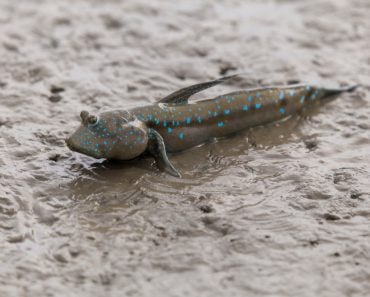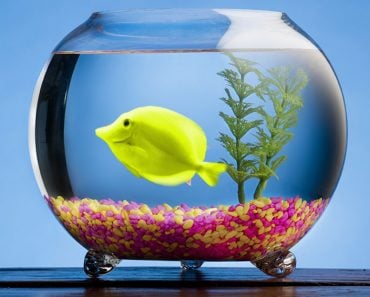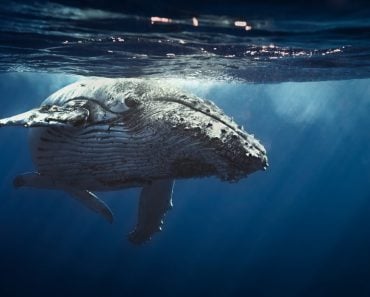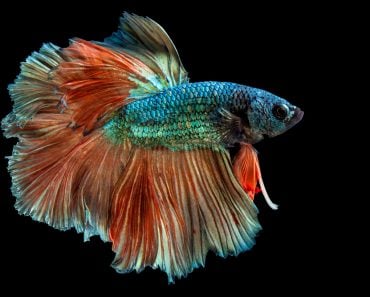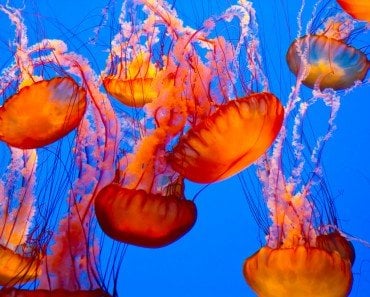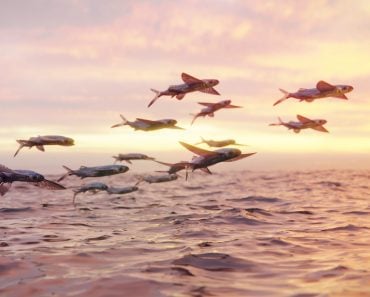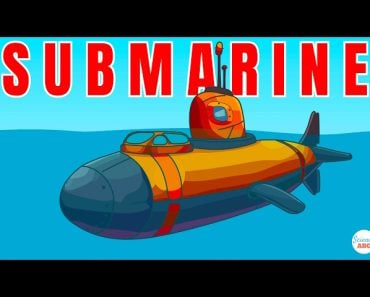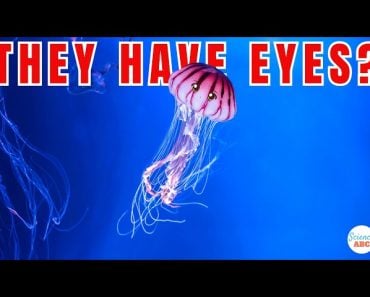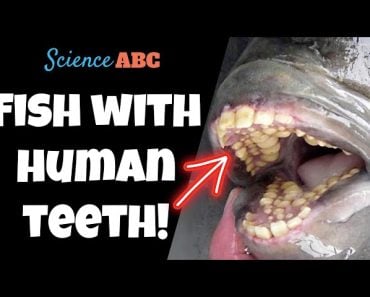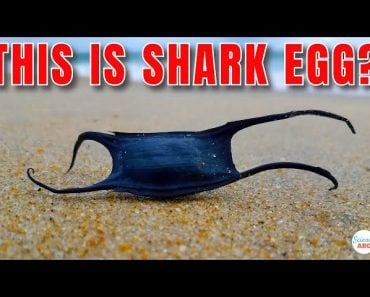Table of Contents (click to expand)
Bony fish possess a structure called a swim bladder filled with air that allows the fish to remain floating within the water. Cartilaginous fishes, such as sharks, don’t have a swim bladder. In addition to continuously swimming, they have an enlarged and fatty liver to compensate for their tendency to sink.
“Just keep swimming! Just keep swimming!” sings Dory in Finding Nemo.
Actually, Dory can relax a bit, because she doesn’t need to keep swimming.
There are many fish in the sea, around 35,000 different species of fish are known to this day! These are broadly divided into three superclasses of fish. The first of these three classes, Agnthans, are jawless fish. Most Agnthans are extinct, and very few species (lampreys and hagfish) exist today.
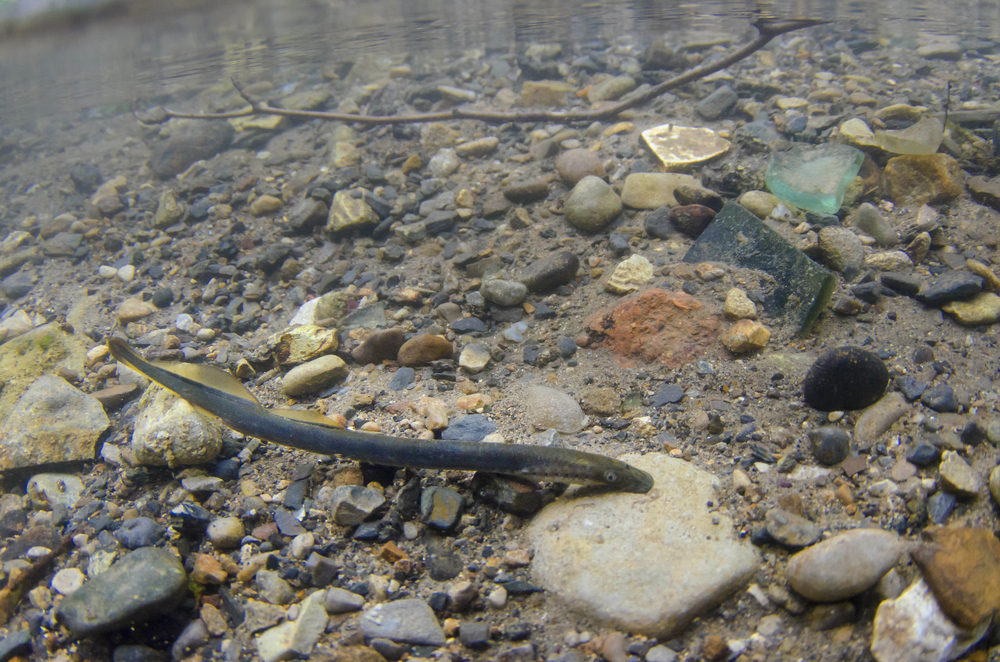
Most fishes today are either bony fishes (osteichthyes) or cartilaginous fishes (chondrichthyes). As their names indicate, the main difference between these two superclasses comes down to their skeletal framework.
To state the obvious, bony fishes have a bony skeleton, while cartilaginous fishes have a cartilaginous skeleton.
Dory is a bony fish (a Royal Blue Tang).
Most bony fishes have an advantage over cartilaginous fish: bony fish don’t need to swim to stay afloat. This is because bony fishes have something called a swim bladder.
How does a swim bladder help bony fish float?
Recommended Video for you:
What Is A Swim Bladder?
It is an organ found in the dorsal cavity of most fish. It’s a pouch-like organ that can be filled with gas. Normally, a swim bladder has two sacs or pouches, although in a few primitive species (for example sturgeon), there is only a single sac.
It helps to visualize a swim bladder similar to a human lung.
The principle is simple. As the bladder fills with gas and increases in volume, it displaces an equivalent volume of water and aids in increasing buoyancy. This helps the fish float. When the bladder loses gas and deflates, it displaces less water and, in turn, decreases buoyancy. This lets the fish descend to deeper depths.

Bony fish can manipulate the amount of air in their swim bladder to maintain a desired level of buoyancy. If a Blue Tang fish wants to dive into a deeper depth of water, it releases a bit of air from its swim bladder and descends downward. They do not actually need to keep swimming to float. (Teleosts are the only type of bony fish that do not have a swim bladder.)
There are two types of swim bladders, open and closed. Fish like herring, which have an open swim bladder, swallow air to inflate the swim bladder and then expel air by burping it out or farting it out to deflate the swim bladder.
Conversely, fish like tarpons, which have a closed swim bladder, use their blood vessels to control the absorption of gases to maintain buoyancy.
Conversely, all cartilaginous fish, such as rays, sharks and skates, do not have swim bladders.
So, How Do Cartilaginous Fish Maintain Buoyancy?
Well, they don’t.
Most cartilaginous fish—sharks, stingrays, and the like—are naturally negatively buoyant. All that means is that they’re more prone to sinking than floating. This is because the body of a cartilaginous fish is denser than the water around it.
These fish don’t just have to maintain buoyancy, they also have to make up an additional amount of buoyancy to compensate for their natural sinking tendency.
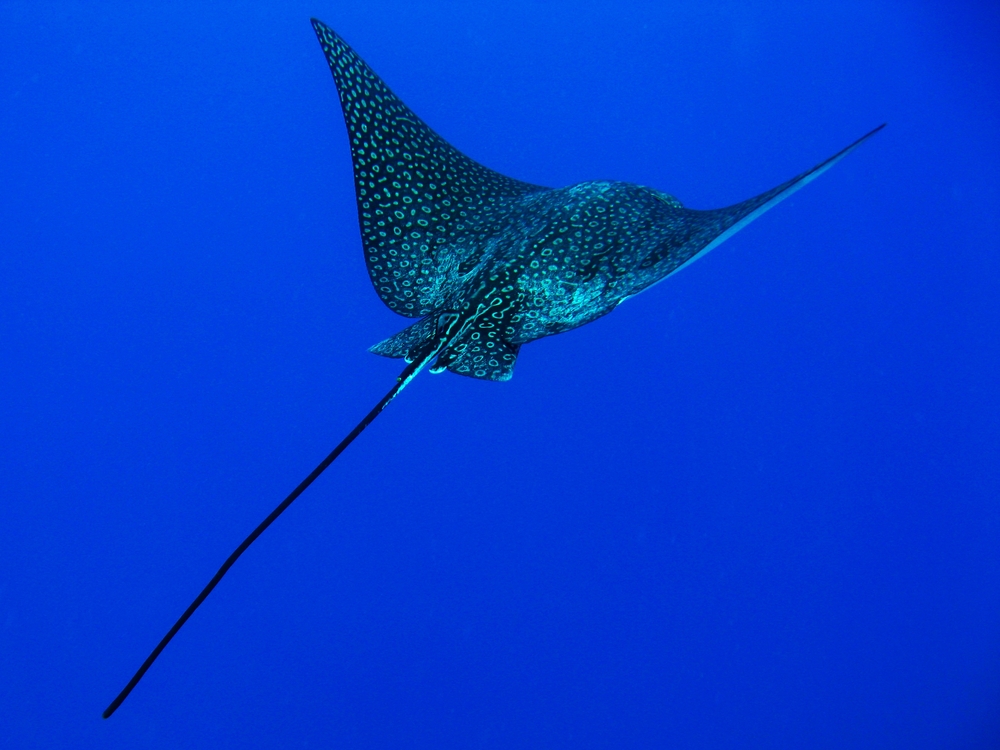
To counter this, cartilaginous fish have come up with a pretty nifty physiological adaptation—huge livers.
The largest organ in a shark’s body is the liver, which can occupy up to 90% of the shark’s body cavity and makes up about 25% of its weight!
These enlarged livers are adapted to hold large quantities of oil. This oil mainly consists of a type of cholesterol called squalene. The lipid builds up in hepatocytes (liver cells) and makes up around 80% of their cytoplasmic volume. Squalene is less dense than the surrounding ocean water and helps the shark float.
Sharks are often illegally hunted for their livers. Squalene is an extremely sought-after chemical, as it helps in moisture retention and is used in cosmetic products like moisturizers.
Pelagic (open sea) sharks, such as whale sharks, spend a large part of their time traveling up and down the length of the water column. These species have even larger livers than their benthic (deep sea) or epipelagic (shallow waters) counterparts.
Cartilaginous fish have also found a way to exploit their lack of a swim bladder.
Air is a compressible substance, and the air in a swim bladder is no exception. Depending on external pressure, it can be either compressed or decompressed. This confines bony fishes to a specific column or zone of water, provided it has constant pressure.

If they dive or rise beyond this zone too quickly, the changes in pressure (or the pressure differential) would result in the bladder bursting.
For a shark, the lack of a swim bladder allows the sharks to quickly maneuver through the depths of the oceans without the threat of literally exploding.
Cartilaginous fish benefit from another buoyancy boost—cartilaginous skeletons. Cartilage weighs less than bone. This lightweight skeletal structure of cartilaginous fish aids them in staying afloat.
Conclusion
Cartilaginous fish are at a bit of a disadvantage when it comes to staying afloat, but their weakness actually proves to be their strength. They have a specialized liver that accumulates positively buoyant oils like squalene.
Sharks’ bodies are hydrodynamic machines. Their body design makes swimming easier. Sharks glide through water like compact missiles. This is no coincidence. A study found that their flat snouts and bellies contribute up to 30% of the hydrodynamic lift that they use to move through the water.
They also align their bodies in positions that help reduce the drag they experience. For example, negatively buoyant fish like sharks and skates assume positions with a positive body tilt (nose up, tail down) to maximize the total lift they experience and swim at exceedingly high speeds.
References (click to expand)
- Weightless in the Water - UF/IFAS Blogs - University of Florida. The University of Florida Institute of Food and Agricultural Sciences
- Swim Bladder vs. Oily Liver - Catalina Island Marine Institute. cimi.org
- Sharks and rays: buoyancy - SUBMON. submon.org
- Gleiss, A. C., Potvin, J., & Goldbogen, J. A. (2017, November 8). Physical trade-offs shape the evolution of buoyancy control in sharks. Proceedings of the Royal Society B: Biological Sciences. The Royal Society.

